Anime, a visually stunning medium, is also explosive and sophisticated; many shows explore philosophical and psychological ideas and social mores. Mythology, especially that of the ancient religions Hinduism and Buddhism, is a popular source for these styles.
This Article Include
- Anime Based On Hindu Mythology
- 1. Bishamonten (Noragami)
- 2. Vinsmoke Judge
- 3. Kokujo Tengen Myo’o
- 4. Lancer Of Red (Fate/Apocrypha)
- 5. Rakshas (Berserk)
- 6. Chakra (Naruto)
- 7. The 100-Type Guanyin Bodhisattva (Hunter X Hunter)
- 8. King Enma (Yu Yu Hakusho)
- 9. Ganesha (DanMachi)
- 10. Agni (Black Butler)
- 11. Dark Cloaked Avidya Slash (Black Clover)
- 12. Hantengu’s Khakkhara (Demon Slayer)
- 13. Namu (Dragon Ball)
- 14. The Tibetan Temple (JoJo’s Bizarre Adventure)
- 15. Naraku (Inuyasha)
Anime Based On Hindu Mythology
Characters and ideas from Eastern folklore are expertly reimagined following the conventions of the genre, frequently serving as symbols for the ideas and qualities alluded to in the original mythologies.
Some very well-liked anime feature and heavily emphasize such ideas in their stories.
Whether Japanese or foreign, myths and old legends are a rich source of inspiration for anime. We’ve added five shows featuring Hindu or Buddhist ideas or motifs.
| Sl No. | Anime |
|---|---|
| 1 | Noragami |
| 2 | One Piece |
| 3 | Bleach |
| 4 | Fate/Apocrypha |
| 5 | Berserk |
| 6 | Naruto |
| 7 | Hunter x Hunter |
| 8 | Yu Yu Hakusho |
| 9 | DanMachi |
| 10 | Black Butler |
| 11 | Black Clover |
| 12 | Demon Slayer |
| 13 | Dragon Ball |
| 14 | JoJo’s Bizarre Adventure |
| 15 | Inuyasha |
1. Bishamonten (Noragami)
Bishamonten of Noragami is one of the Gods of Fortune who rules over battles. She has a kind heart but strives to come across as tough so that she will be taken seriously.
One of the Four Heavenly Kings in Mahayana Buddhism, Bishamonten’s inspiration comes from a group of creatures sworn to the Buddha’s protection.

Bishamonten is a reinterpretation of Vairavana, the (male) god of battle and punisher of sinners, who has been given weapons. He is typically shown guarding the celestial temple by holding a pagoda in one hand and a spear in the other.
2. Vinsmoke Judge
The Vinsmoke family patriarch and monarch of the Science Kingdom of Germa is the Judge of One Piece.
Garuda, a bird or human-bird hybrid in Hindu mythology, is another name for him. According to legend, Garuda was the first bird to fly, making him the undisputed king of all birds.
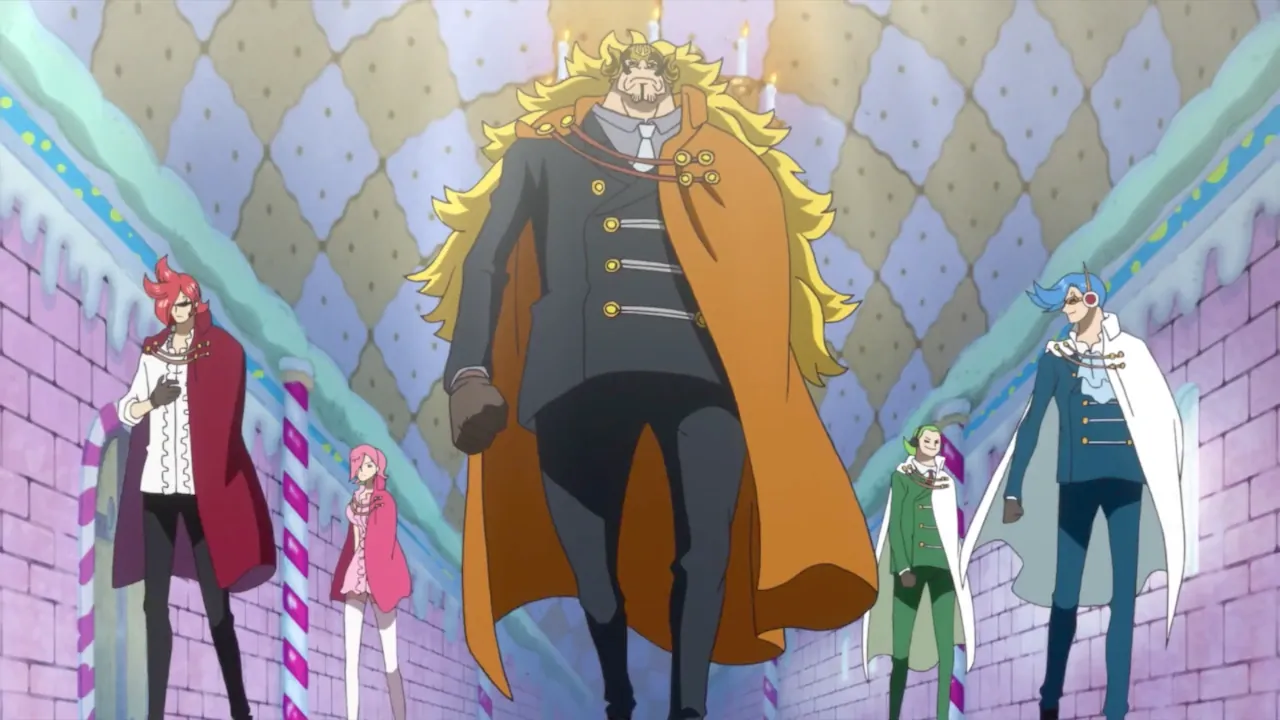
Lord Vishnu, a primary Hindu deity, along with Brahma and Shiva, rides Garuda as his vehicle. According to legend, even a gentle breeze from Garuda’s wings is enough to stop the Earth, the heavens, and the underworld from turning on their axis.
3. Kokujo Tengen Myo’o
Spiritual themes abound throughout Bleach, beginning with the Shinigami. However, Captain Komamura’s ultimate Bankai stage is a giant humanoid draped in jet-black ropes whose name translates precisely to “The Heavenly Punishment of the Vidyaraja of Kalasutra.”
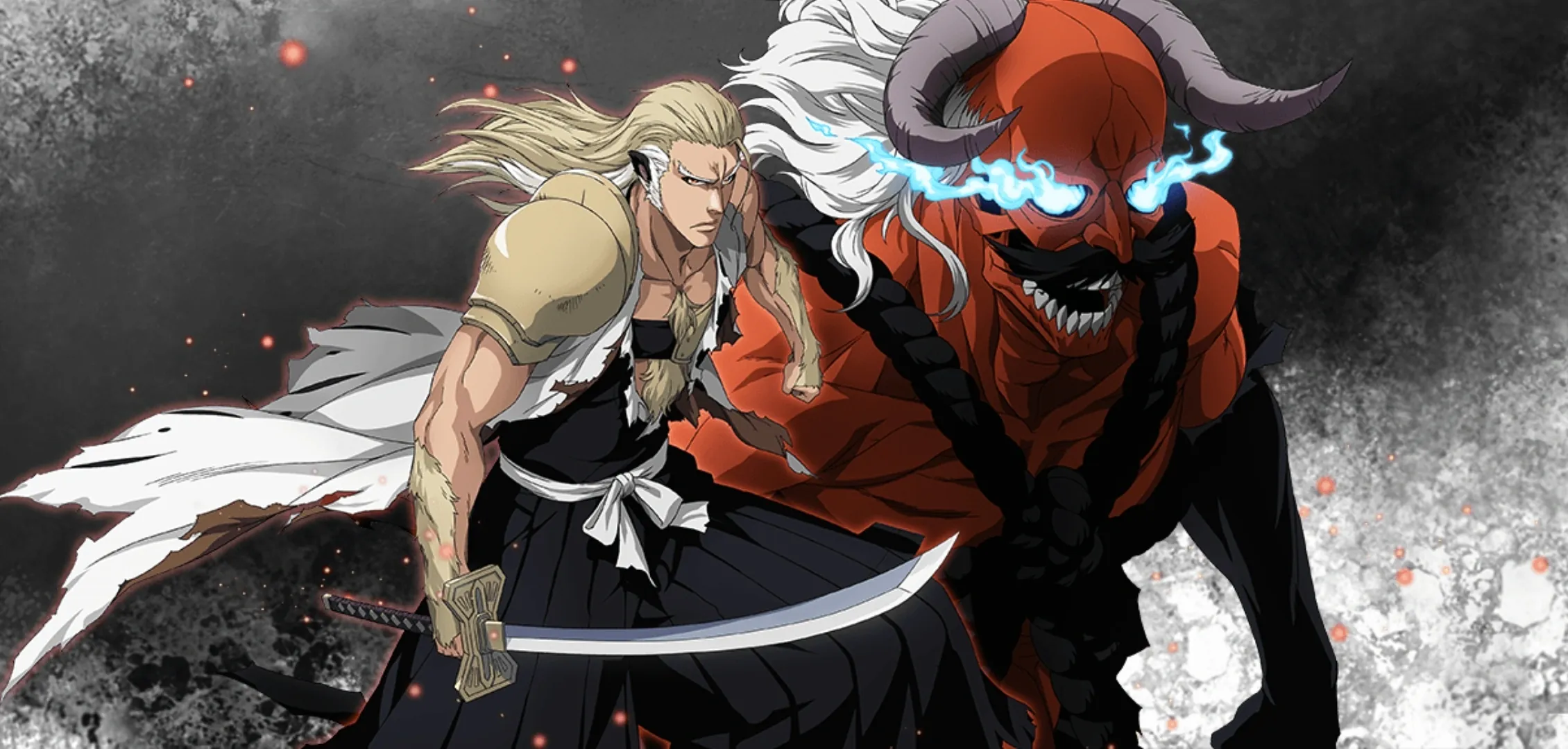
Wisdom Kings, also known as Vidyaraja, are the guardian spirits tasked with protecting the Buddhas of Wisdom. However, the Kamasutra is linked to the black thread that leads the wicked to a fiery copper underworld. The refined Bankai that Komamura has developed is formidable.
4. Lancer Of Red (Fate/Apocrypha)
Lancer of Red, commonly known as Karna, is a pivotal figure in the Mahabharata (one of the two major Hindu Epics) and one of the most influential figures in Fate/Apocrypha.
Kunti, who gives birth to her first son Karna outside of wedlock, decides to leave him beside a river so she won’t be stigmatized as an “impure” lady.
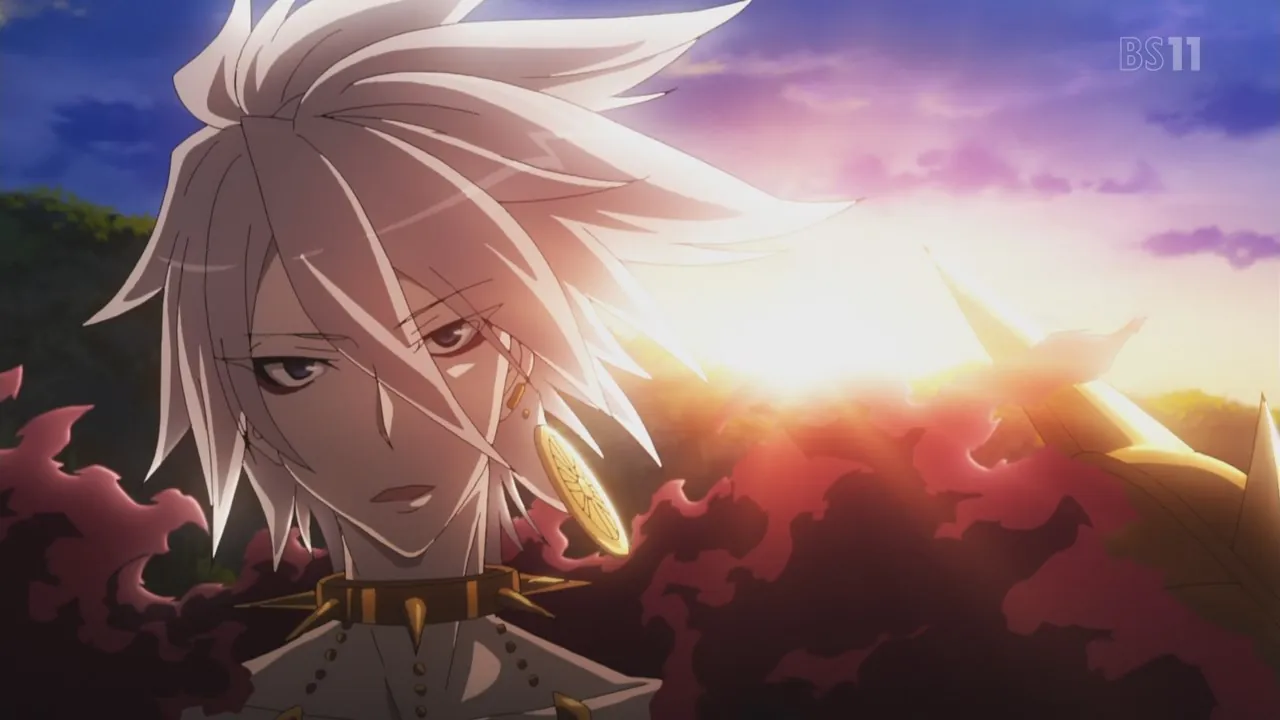
Karna is morally pure, seeking vengeance against his legitimate brothers, the Pandavas, by siding with the evil Kauravas. It’s interesting to note that both incarnations of Karna have a suit of golden armor that makes them virtually impervious to harm.
Check out some other articles on anime:
- 16 Underrated Anime Series
- 15 Sad Anime
- 21+ Must See Best Kid-friendly Anime
- 21 Best BL (Boys Love) Anime
5. Rakshas (Berserk)
The Kushans (a real Indo-Greek clan who governed sections of South Asia almost two thousand years ago) exile the bizarre Rakshas in Berserk, one of the longest-running manga in history. A former enemy, this character has converted and is now a member of Griffith’s Band of the Falcon.
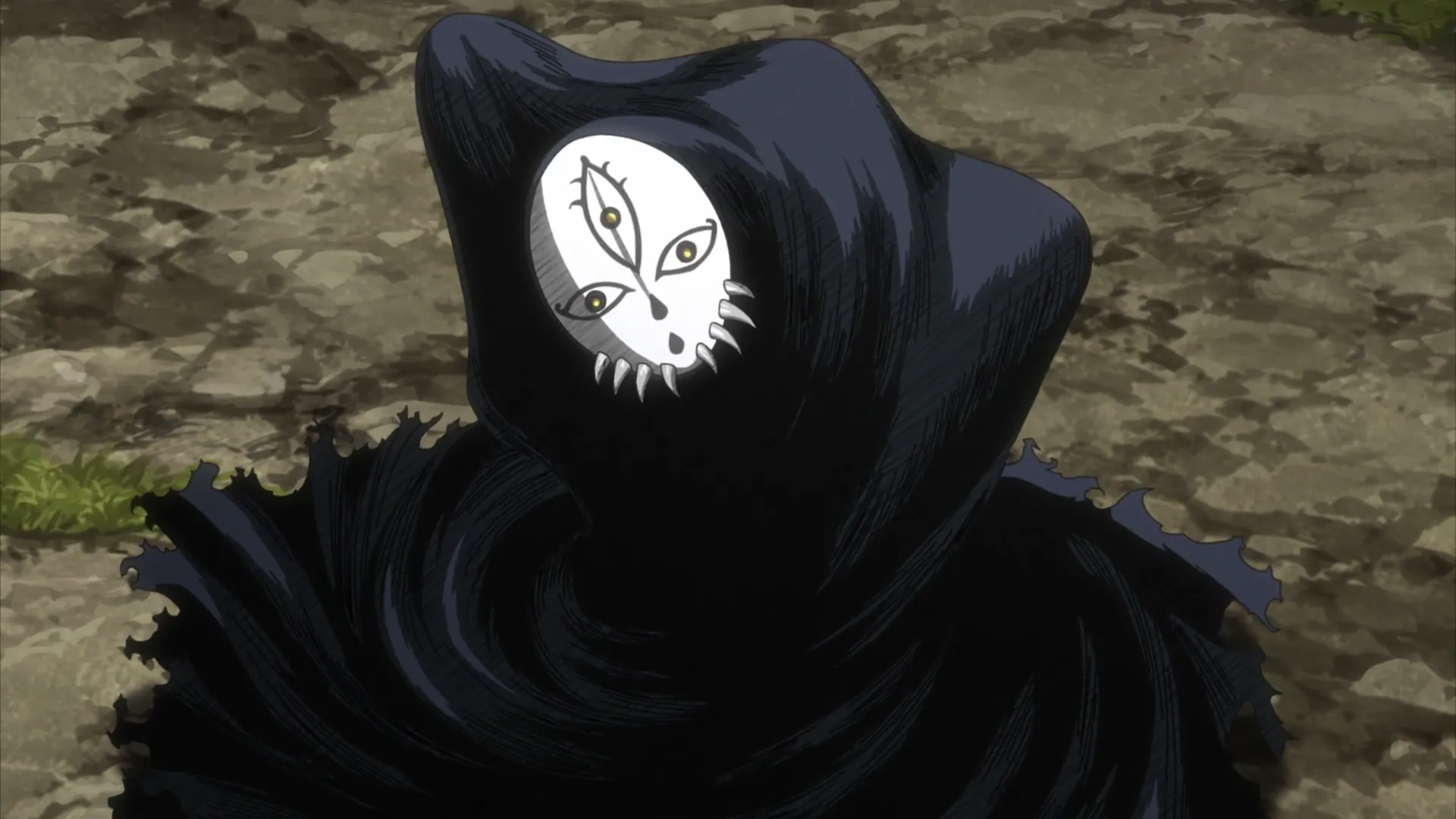
The Berserk Rakshas is an evil being that murders and tortures innocent people to satisfy his hedonistic needs. His inspiration comes from the Rakshasas, demonic animals that are prominently adversaries in the Hindu epics and are widely regarded as horrifyingly brutal and self-serving.
6. Chakra (Naruto)
Naruto’s abilities come from the Chakra, which was gained when Otsutsuki ate from the God Tree. The Eight Gates regulate the Chakra’s spiritual energy and keep practitioners from using too much in battle.
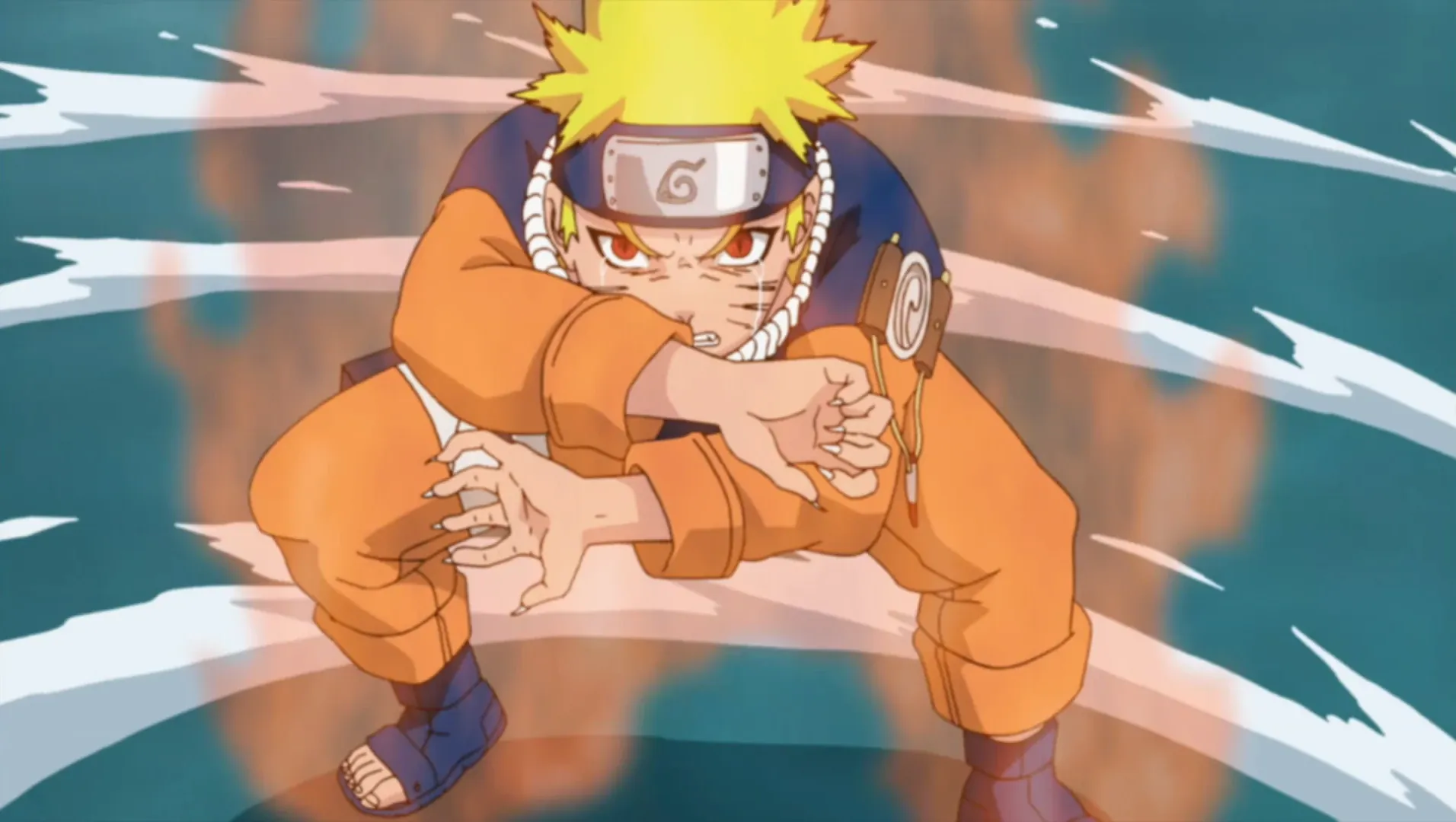
The Hindu term “chakra” refers to seven energy points throughout the body, from the crown chakra to the base chakra. Tantra, one of the most popular contemplative practices, is said to use these chakras to shift energy in complex ways.
7. The 100-Type Guanyin Bodhisattva (Hunter X Hunter)
Netero’s 100-Type Guanyin Bodhisattva Nen technique is the most powerful and difficult-to-use of all Nen methods in Hunter x Hunter. The Avalokitewara With The Thousand Arms is a god with origins in the Shaivite school of Hinduism.
As the Guanyin, a female Bodhisattva most renowned for her compassion and universal love, the Avalokitewara With The Thousand Arms is revered in Chinese culture.
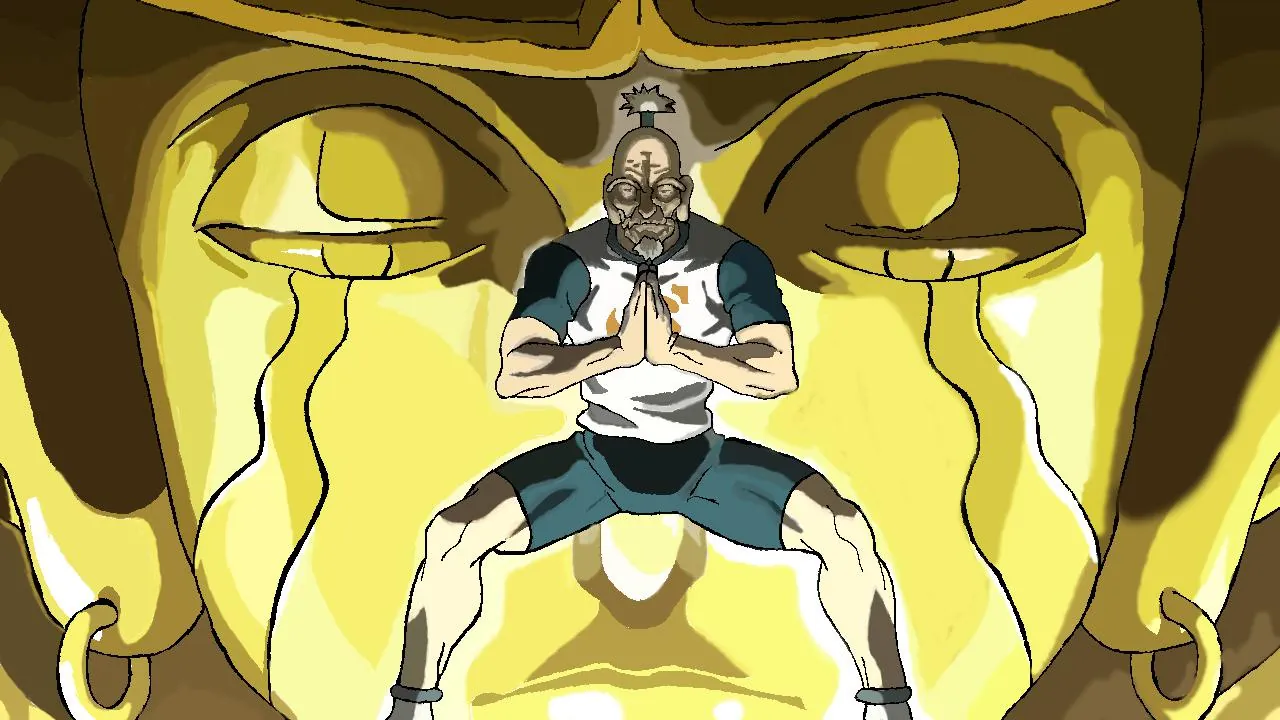
The multiple arms of Guanyin represent her intention to serve all those in need, regardless of how many worshippers seek her graces, in contrast to Netero, who utilizes his ability to destroy his opponents.
8. King Enma (Yu Yu Hakusho)
Both in the show and Japanese Buddhism, Enma serves as the god of the afterlife for the Japanese. Yama, the Hindu God of Death, is the inspiration for Enma, the Supreme Judge of the Afterlife. He earns this distinction by being the first person in human history to experience the agony of dying.
Enma is a sweet giant despite his ferocious exterior. He administers justice with compassion in keeping with Dharma, and anyone who meets him can’t help but be impressed by his poise and sophistication.
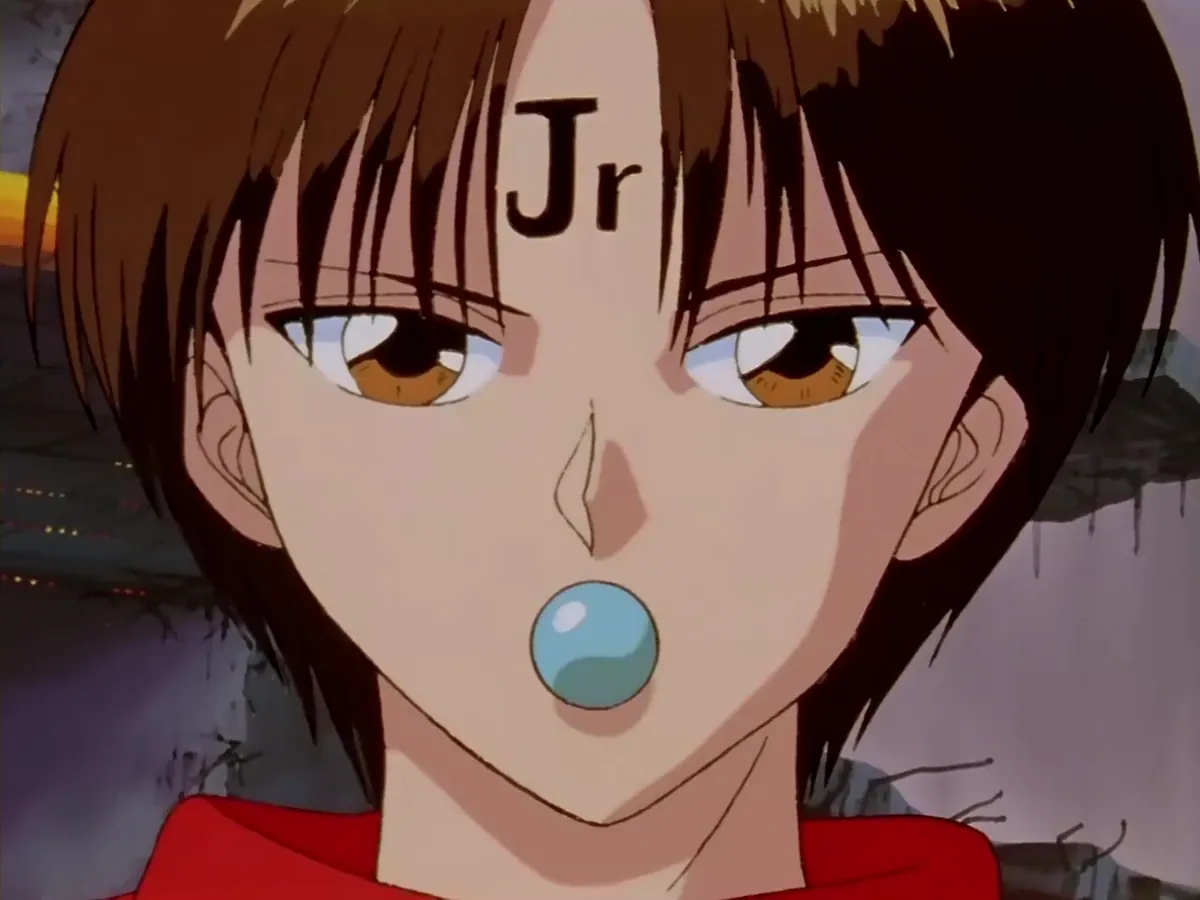
In contrast, the YuYu Hakusho manga’s Enma is a coward who gives in to the Demon World whenever she is threatened.
9. Ganesha (DanMachi)
Ganesha is a vivid character in DanMachi, or Is It Wrong to Try to Pick Up Girls in a Dungeon? Donning an elephant mask and adorning himself with expensive jewelry. The original Ganesha is a revered Hindu deity with a man’s body and an elephant’s head.
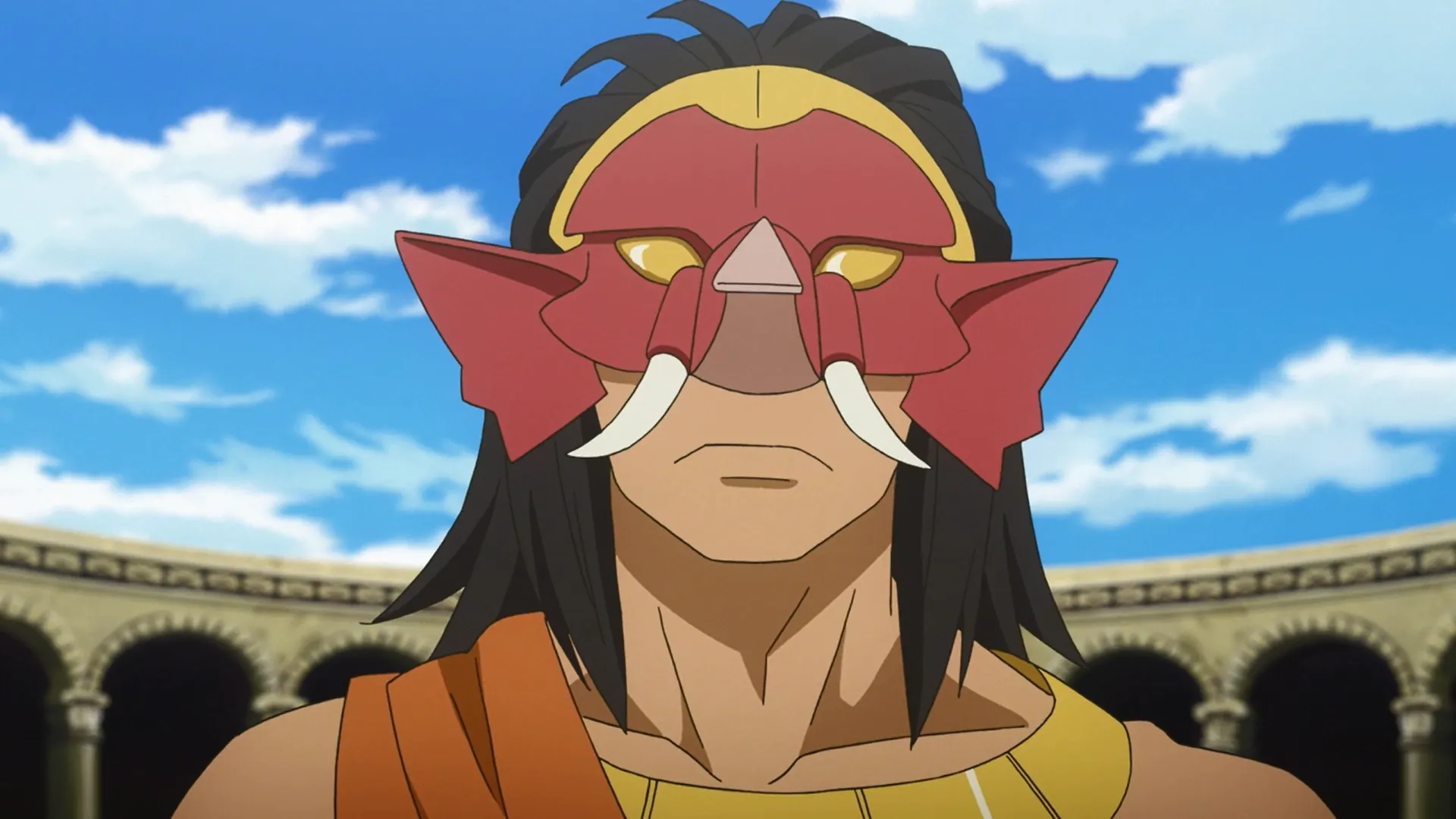
Ganesha, the offspring of Parvathi and Shiva, enjoys the reputation as the universe’s brightest entity. Ganesha is so intelligent that he can transcribe the entire Mahabharata by himself (all 24,000 verses and about a million words) almost as fast as its author, Veda Vyasa, can recite them.
10. Agni (Black Butler)
Part of the action in Kuroshitsuji, also known as Black Butler, takes place in Bengal. India and Bangladesh now share this historically and culturally significant territory.
Prince Soma’s most loyal attendant Agni is one of the story’s central figures. Taking his name from the Hindu God of Fire (the word “agni” meaning “fire” in Sanskrit), he is a representation of that deity.
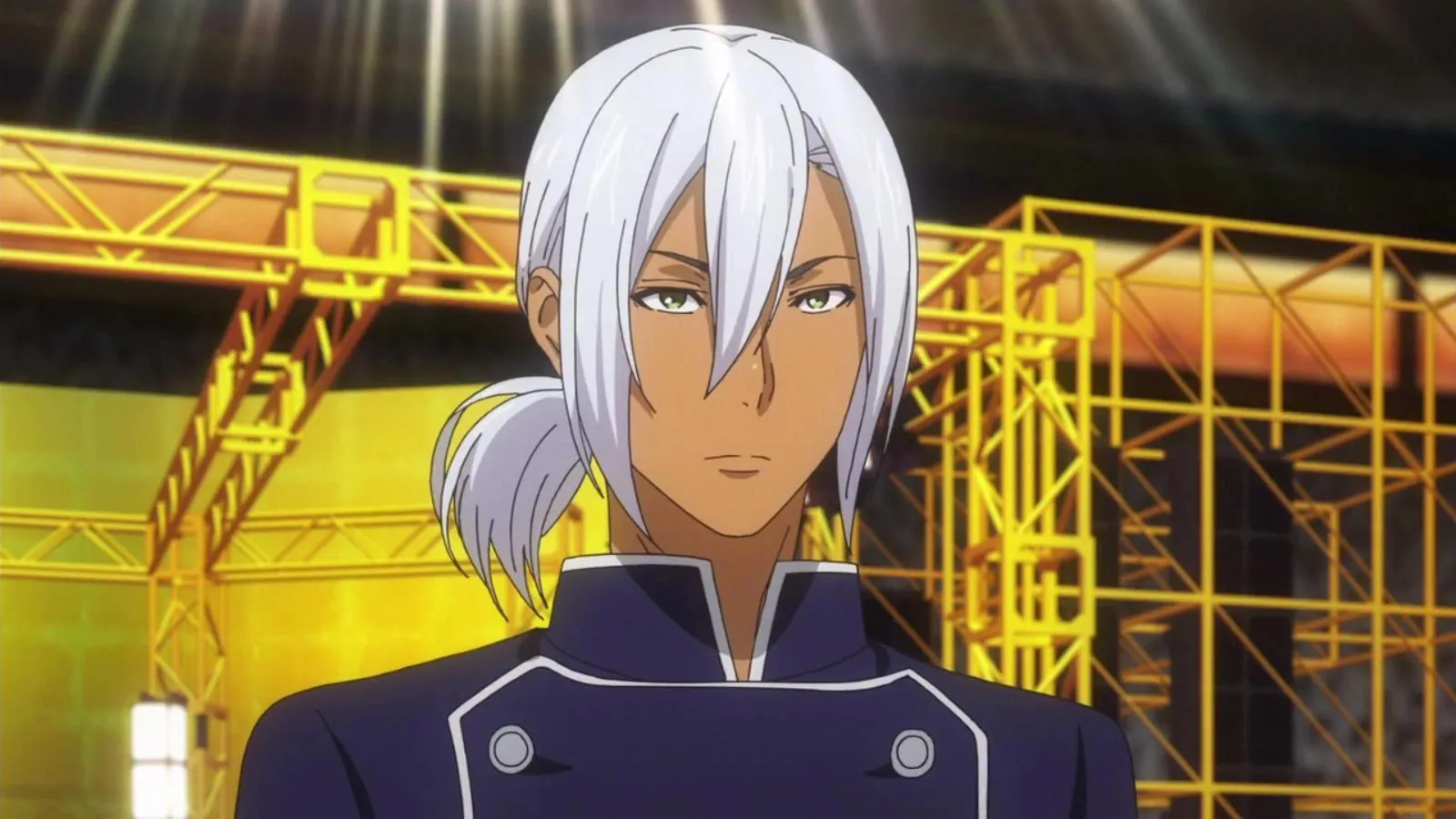
One of the oldest deities still widely worshipped today, Agni, is called upon whenever a rite involves the use of fire. He may take the shape of the sun and other luminous objects. In the Ramayana, Agni is also pivotal.
11. Dark Cloaked Avidya Slash (Black Clover)
Since the setting of Black Clover is predominantly medieval Europe, Eastern mythology has minimal screen time.
The famous “foreigner,” Captain Yami Sukehiro, hails from a country that adheres to Japanese customs. Dark Magic is a rare ability, and Sukehiro channels it into his katana to devastating effect.
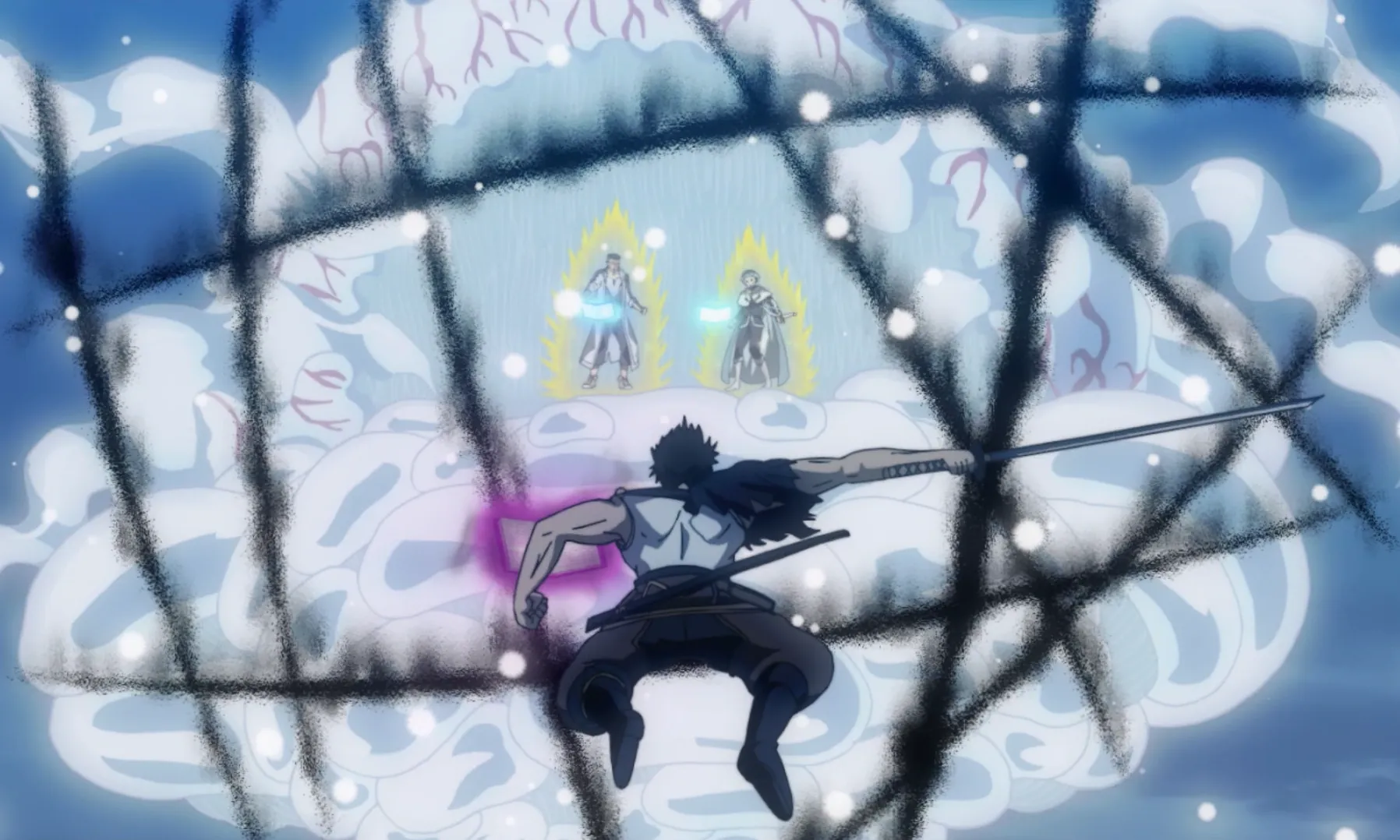
The Dark Cloaked Avidya Slash is one of his signature attacks, which may kill numerous foes simultaneously. A practitioner of Dark Magic is appropriately described by the Buddhist idea of “ignorance,” or Avidya.
12. Hantengu’s Khakkhara (Demon Slayer)
Despite taking place in Japan during the Taisho Period, the anime Demon Slayer has few allusions to Hinduism or Buddhism.
Among Muzan’s Twelve Kizuki, Hantengu, the Fourth in the Upper Rank, is a tidbit of Eastern folklore. This adversary is incredibly potent and deceptive due to his ability to assume a variety of guises.
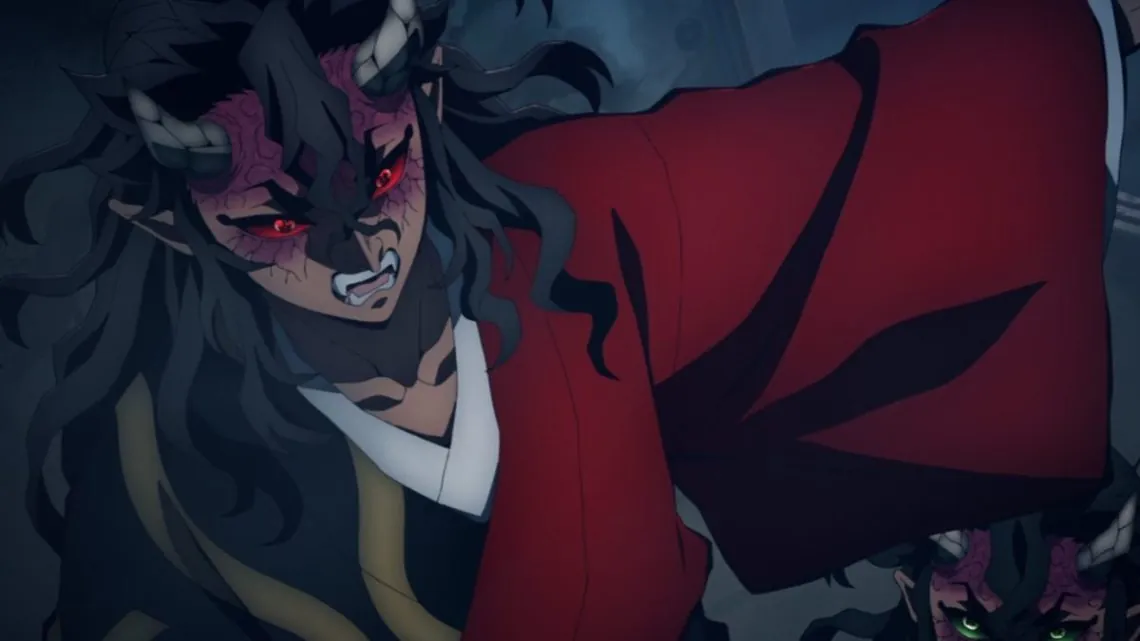
One of Hantengu’s many guises, Sekido, is armed with a Khakkhara made from his flesh and blood. Buddhist monks often carry a staff called a Khakkhara, with a series of metal rings at the top.
This instrument was typically employed not for battle but to provide a meditative harmonic undercurrent to chanting.
13. Namu (Dragon Ball)
With his saffron robes, white pagari, and ornamental red tilak on his forehead, Dragon Ball’s Nam seems like a poorly conceived parody of a 19th-century Indian man. Nam’s terrible might is no match for a youthful Goku, though. Tambourine kills him, but the Dragon Balls allow for his resurrection.
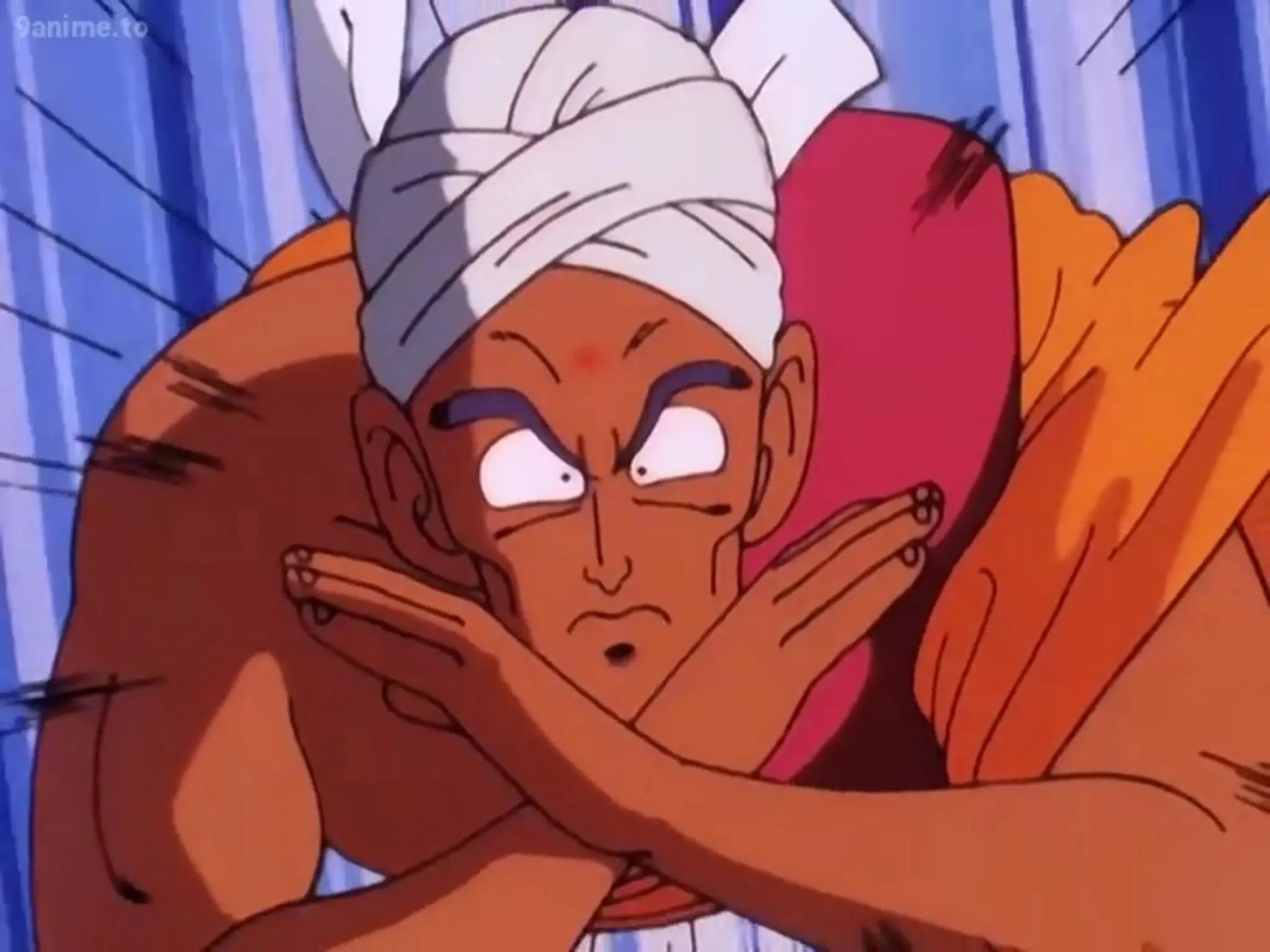
Nam’s name comes from the Buddhist term “Namuamidabutsu,” which refers to Amitabha, a prominent incarnation of the Buddha. Furthermore, Namu has been overheard saying “in the name of Buddha,” which further establishes this character as a possible Buddhist.
14. The Tibetan Temple (JoJo’s Bizarre Adventure)
In JoJo’s Bizarre Adventure, viewers are taken on a fantastical journey through a mystical realm inhabited by Hamon and Stands. The Tibetan Temple in Phantom Blood is the first and only prominent mention of Buddhism in JoJo’s Bizarre Adventure.
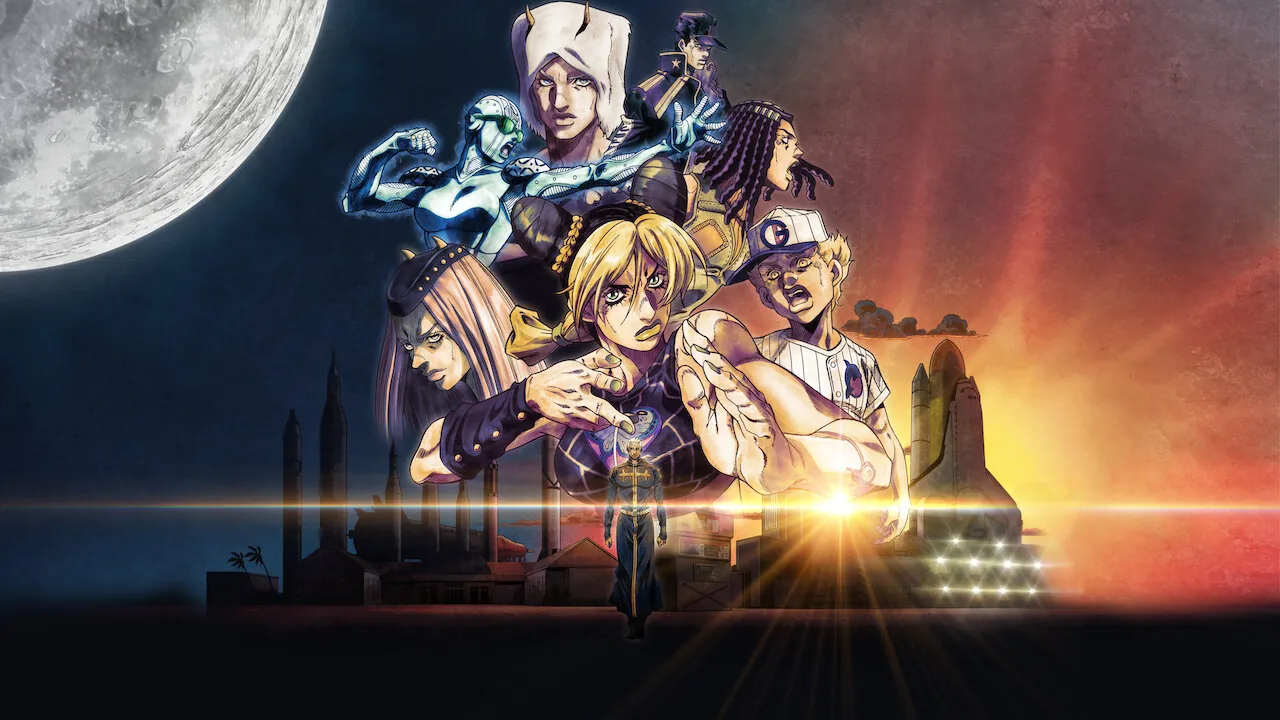
However, other Joestar family members travel to cities like Cairo and Calcutta. At the Tibetan Temple, which features a colossal training ground, Will Anthonio Zeppeli learns the legendary Ripple. Regrettably, this setting is never revisited after its original release.
15. Naraku (Inuyasha)
In Inuyasha, the main antagonist is Naraku, who is subsequently seen to be possessed by the Demon of the Shikon no Tama.
Inuyasha has many religious allegories and ideas, but none are as overt as Naraku. The Sanskrit word for “hell” is “Naraku,” which is the term given to one of the levels of Hades in both Buddhist and Hindu belief systems.
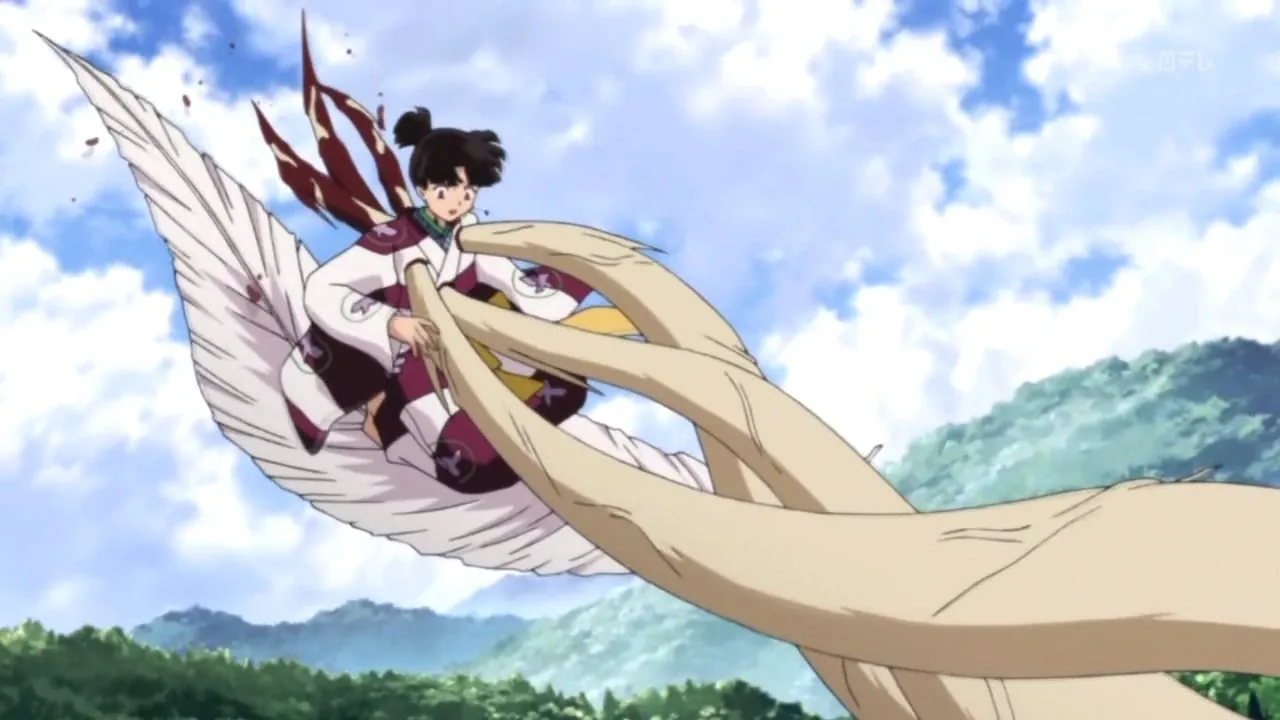
In Buddhist cosmology, the underworld is called Naraka, and it is there that impure souls are punished for their actions on Earth. However, unlike the Christian Hell, those sentenced to Naraka are finally released.
Stay one step ahead with the latest news and updates from Topmovierankings.com! Engage with our dynamic social media community and make your ideas and opinions count.

